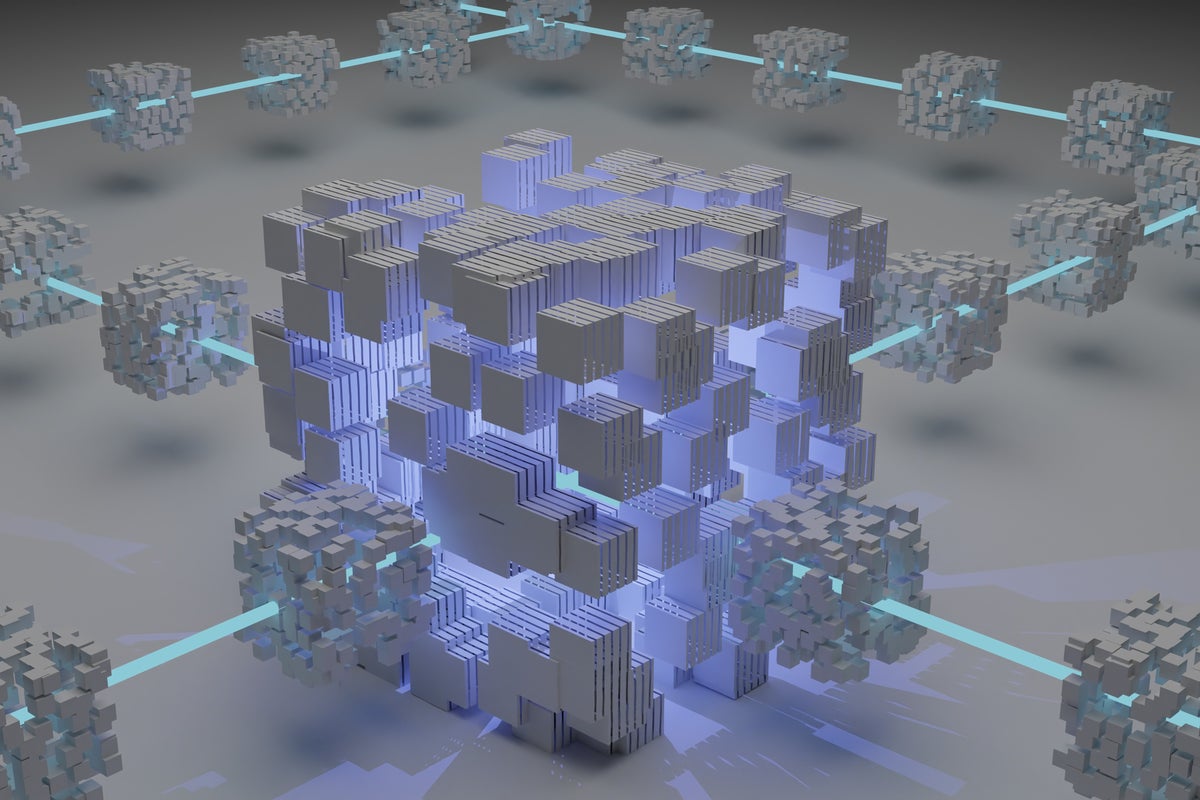[ad_1]
Even as the value of digital assets like cryptocurrencies soar and venture capital (VC) investments in blockchain and crypto companies reach record highs, a greater number of business owners and developers are eager to enter this fast-growing market.
However, blockchain-based businesses do not adhere to any particular or defined pattern, unlike conventional internet-based or Web2 businesses like Meta, YouTube, and similar entities.
These businesses continually innovate to develop Web3, the next generation of the internet, which is intended to transform how people conduct business online.
Web3-focused organizations are at the vanguard of creating the future of how the Internet will be, and there is much to be learned by comprehending the fundamentals of its development.
They represent a more intuitive, egalitarian, and connected environment.
Decentralization of power and revenues
By giving its users complete control over the platform and the ability to choose its future direction, Web3 start-ups are instead expanding the boundaries of human contact, in contrast to Web2 behemoths that are mainly accused of being anticompetitive and preying on user-generated content.
Thus, rather than centralizing information and processing by deploying enormous servers that are entirely under their control, building Web3 demands businesses and developers to construct a network of networked computers that will promote closer and quicker interactions among its users.
Furthermore, these companies are not simply handing over ownership, but are also returning the business’ revenues to the consumers who invested in them.
There is obviously a need for a completely new technology that can give all of Web2’s features while doing away with the requirement for controls or third parties to supervise every area of the company in order for all these unique aspects to be included.
Establishing a permissionless platform that protects identities
Users were able to connect with social media, microblogging, video sharing, and many other platforms as the Internet switched from the Web1 to the Web2 era, apparently transforming how people interact with one another and consume material.
Due to the need for multi-user access, Web2 firms had to spend on both processing power and storage space in addition to building specialized software to run their own apps.
Since they no longer had to invest significant sums of money in buying dedicated servers, many small businesses have been able to scale their operations thanks to cloud computing.
Instead, they now use services offered by players like AWS, Microsoft Azure, IBM Cloud, and many more on a subscription basis.
However, as a result of this change, not only have these businesses grown significantly in the Web2 ecosystem, but they have also established a type of hegemony that has changed the nature of the Internet as we know it today.
Therefore, it is obvious that Web3-focused start-ups need to adopt a system that can handle a lot of transactions, hide user identities unless there is a requirement for verification, and rely on its user base to handle platform-native transactions.
Furthermore, the necessity to eliminate the current digital behemoths becomes even more essential given that these new-age businesses do not depend on user data for revenue-generating goals.
Use of blockchain technology to bring about this transformation
Blockchain technology, which was first described in the 2008 Bitcoin Whitepaper, has emerged as the best technological choice for programmers creating Web3 applications.
Decentralized apps (dApps) are bringing the world to fantastic new interpretations of current standard business applications by using cryptographic components to sign contracts and execute them using a network of computers called nodes.
Aside from the emergence of cryptocurrencies as a new asset class in recent years, blockchain technology has been assisting established corporations in streamlining their operations and achieving previously unthinkable levels of efficiency.
Leading cloud service providers are now offering blockchain-as-a-service (BaaS) to enterprises, so they may use distributed ledger technology without incurring the expenses or hazards associated with setting up their own protocols.
But rather than depending on these BaaS providers, businesses who are committed to developing for Web3 might opt to put up their own layer 2 scaling solutions by building upon already existing protocols like Ethereum.
In any case, business owners and software developers have a solution to the decentralization issue and will unquestionably need to use blockchain technology to create a peer-to-peer (P2P) network to fuel their foray into the internet of the future.
Significance of AI, AR, and VR in content personalization
Blockchain technology will definitely form the foundation of any Web3 application or service, but interactive and immersive technologies like augmented reality, virtual reality, and artificial intelligence also play important roles.
AI is providing a higher level of personalization and will allow Web3 users to tailor their experience based on elements that are more significant to them by taking cues from human behavior.
As a result, various consumers might enjoy distinctive experiences on the same platform, enabling businesses to serve a larger global audience.
Additionally, people will be able to engage with automobiles, gaming systems, factory settings, and many more previously separated machinery through portable computing devices or by using wearables like VR goggles thanks to AI-enabled gadgets that are connected to the internet.
AR and VR technologies will continue to be essential for applications where people would be able to “touch and feel” over the Internet in order to enhance the visual experience.
Web3 entrepreneurs will need to integrate AI, VR, and AR into their platforms in order to create a future-ready experience that won’t be limited by geographical, cultural, or social borders, even if there are a variety of AI, VR, and AR goods already on the market.
Are you ready for the next crypto bull run? Be prepared before it happens! Hear from industry thought leaders like Kevin O’Leary and Anthony Scaramucci at the 2022 Benzinga Crypto Conference on Dec. 7 in New York City.
[ad_2]
Image and article originally from www.benzinga.com. Read the original article here.

